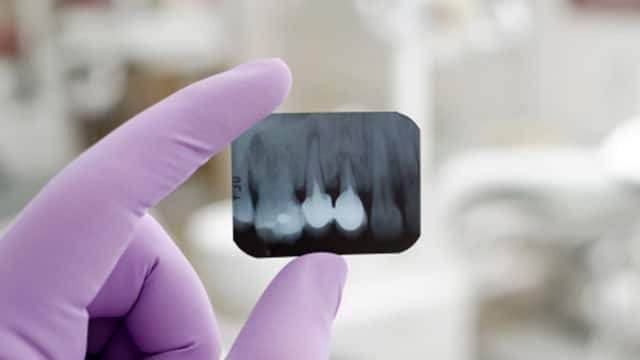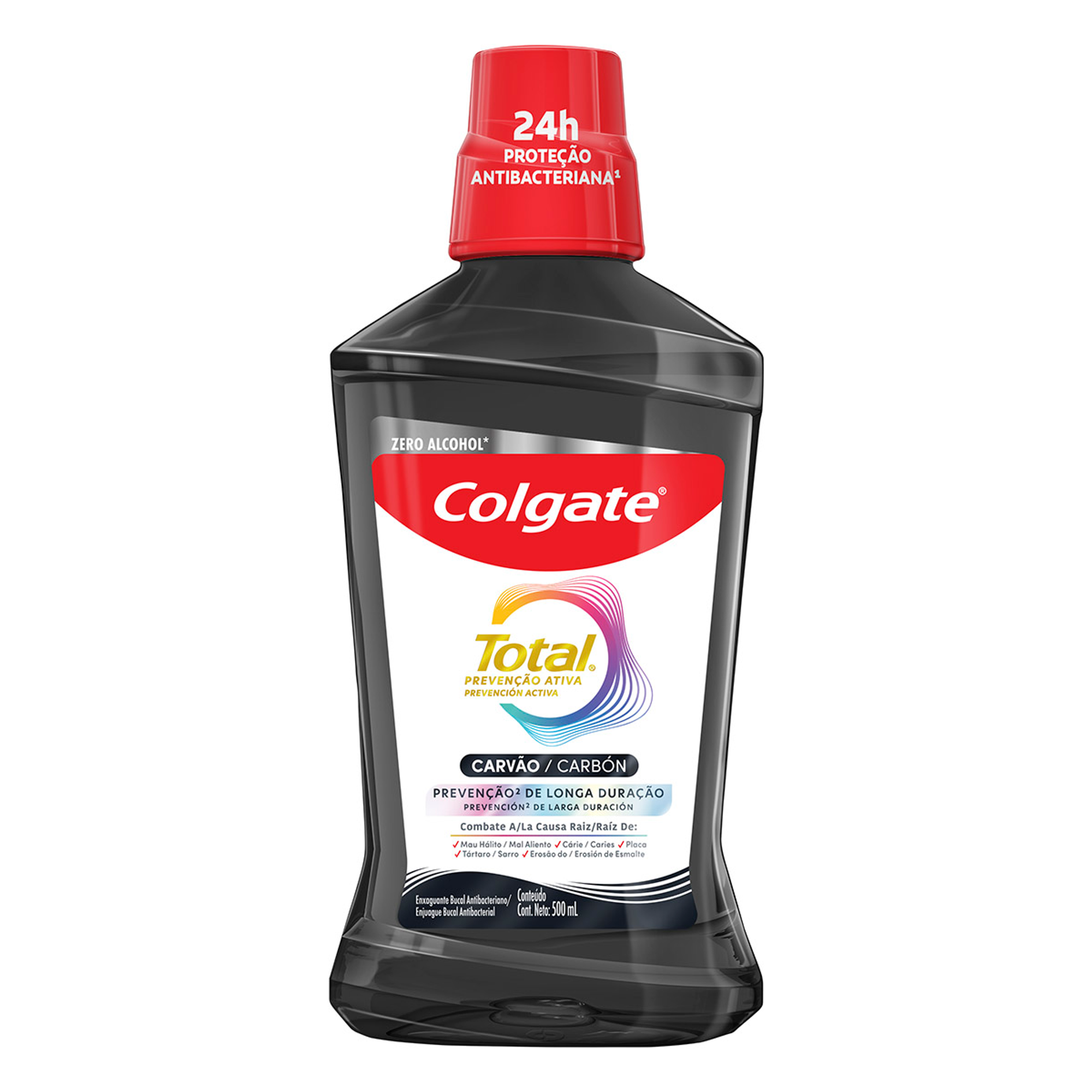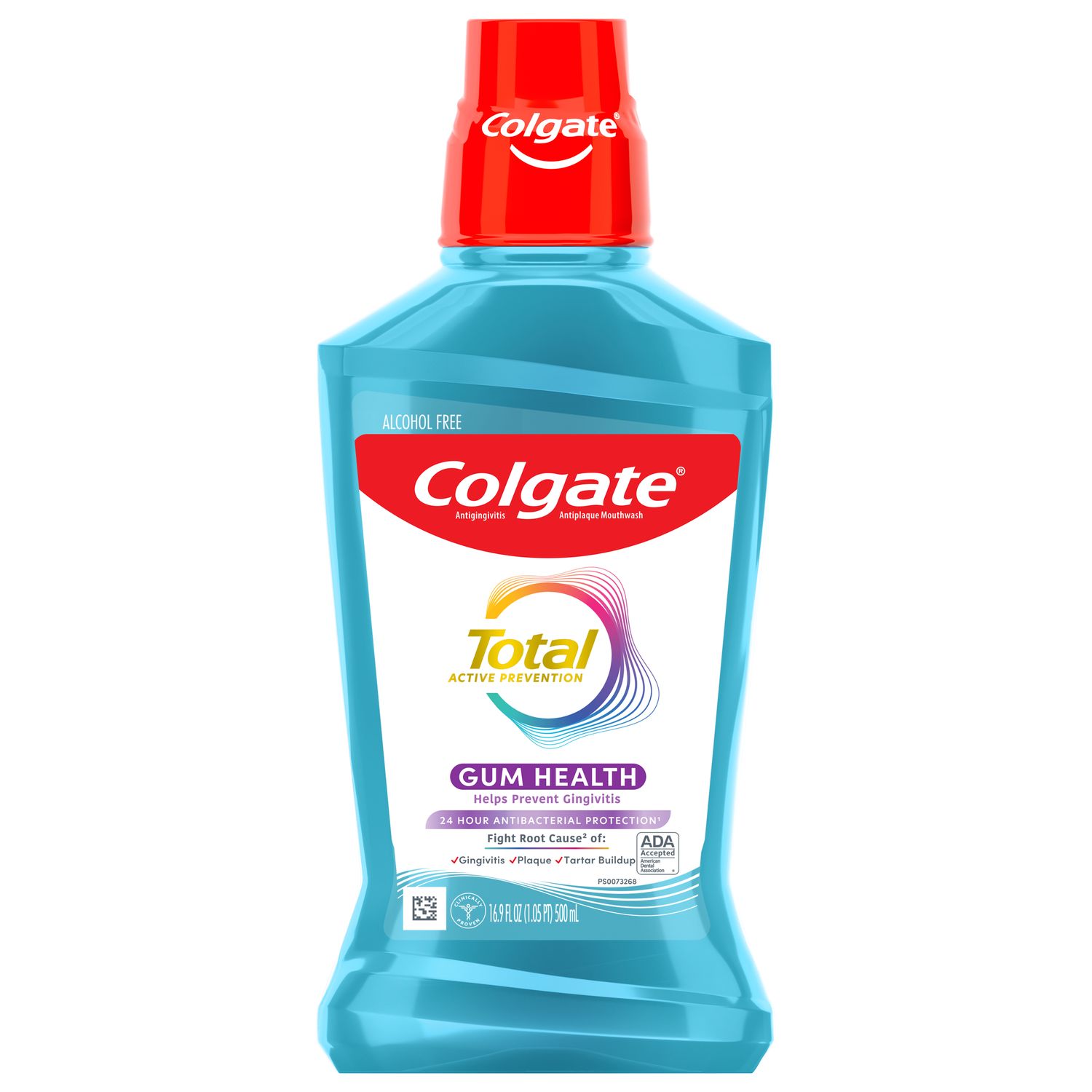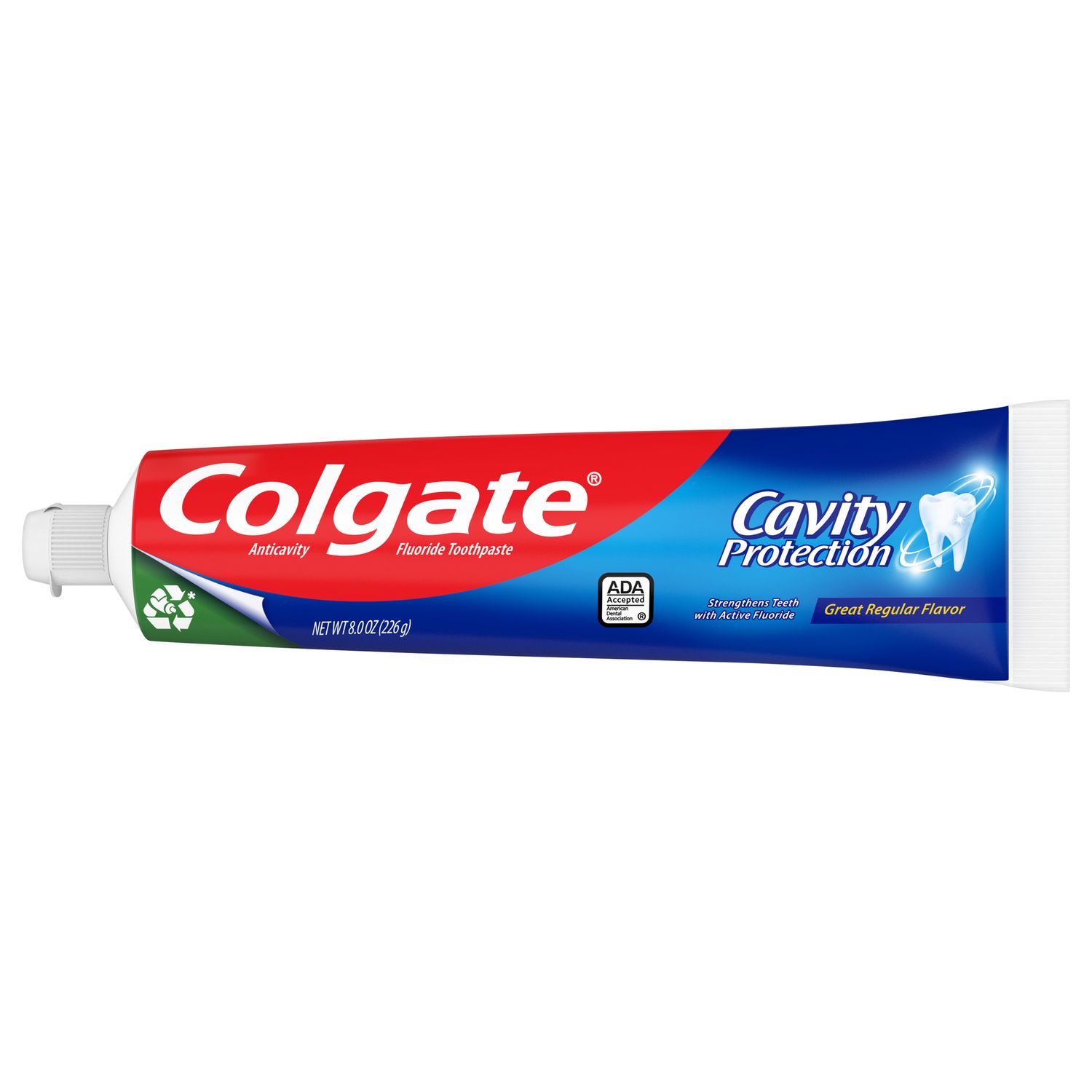What are Intraoral Radiographs?
Intraoral Radiographs are the most common type of dental X-rays you’ll encounter during a routine dental exam. Your dentist is looking for cavities and checking the status of developing teeth. These radiographs also give your dentist the ability to view tooth roots, check the health of the bone and even diagnose periodontal disease. The different types of intraoral X-rays show different aspects of the teeth.
- Bitewing X-rays: These are done to help your dentist locate decay or cavities between back teeth and bicuspids (teeth in front of the molars) that would be hard to find otherwise. The name comes from the wing-shaped device you bite down on while the X-ray is taken.
- Periapical X-ray: Focusing on one or two teeth, a periapical radiograph shows the entire length of the tooth, from crown to root.
- Occlusal X-ray: This X-ray (also known as Palatal) shows the entire arch of teeth in either the top or bottom jaw. Since this type is larger than most X-rays it’s often used to highlight tooth development and placement in children.
What are Extraoral Radiographs?
Like the first part of the name suggests, extraoral X-rays are made with the film outside the mouth. This type of X-ray still shows the teeth but can also provide important information about the jaw and skull. Think of these X-rays like the “big picture” of oral health, they are used to see how everything comes together.
- Panoramic X-rays: Used to show the entire mouth on a single image. These pictures are used both for seeing tooth development and catching any emerging or impacted teeth and tumors.
- Cephalometric X-rays: Also called a ceph X-ray, these radiographs include the entire side of the head. It’s used in both dentistry and medicine for orthodontic treatment planning, and diagnosing issues such as sleep apnea and Temporomandibular disorder (TMD).
- Cone-beam computed tomography (CT): This type of X-ray is used for dental implant planning, evaluating the jaws and face, and more. Like the name suggests, the images are taken using a cone-shaped x-ray beam that rotates around you taking three dimensional pictures.
- Standard computed tomography (CT): A standard CT scan may be done to determine size and placement location for implants. It does have a higher radiation exposure and must be done in a radiologist's office or a hospital.
What are the newest X-ray techniques?
Digital radiographs use a flat electronic pad or sensor that runs the images through a computer instead of X-ray film and provide the lowest level of radiation. According to MedlinePlus the amount of radiation you’re exposed to with these types of X-rays is much less than a traditional X-ray.
Are dental X-ray exams safe?
Yes! According to the American Dental Association, dental X-ray exams are safe. Wondering if you’ll have X-rays at your upcoming appointment? Depending on factors like age, risk for disease, present oral health, and if you’re a new patient, X-rays may be part of your exam. As with all X-rays, the procedure is quick and painless.
Oral Care Center articles are reviewed by an oral health medical professional. This information is for educational purposes only. This content is not intended to be a substitute for professional medical advice, diagnosis or treatment. Always seek the advice of your dentist, physician or other qualified healthcare provider.
ORAL HEALTH QUIZ
What's behind your smile?
Take our Oral Health assessment to get the most from your oral care routine
ORAL HEALTH QUIZ
What's behind your smile?
Take our Oral Health assessment to get the most from your oral care routine















